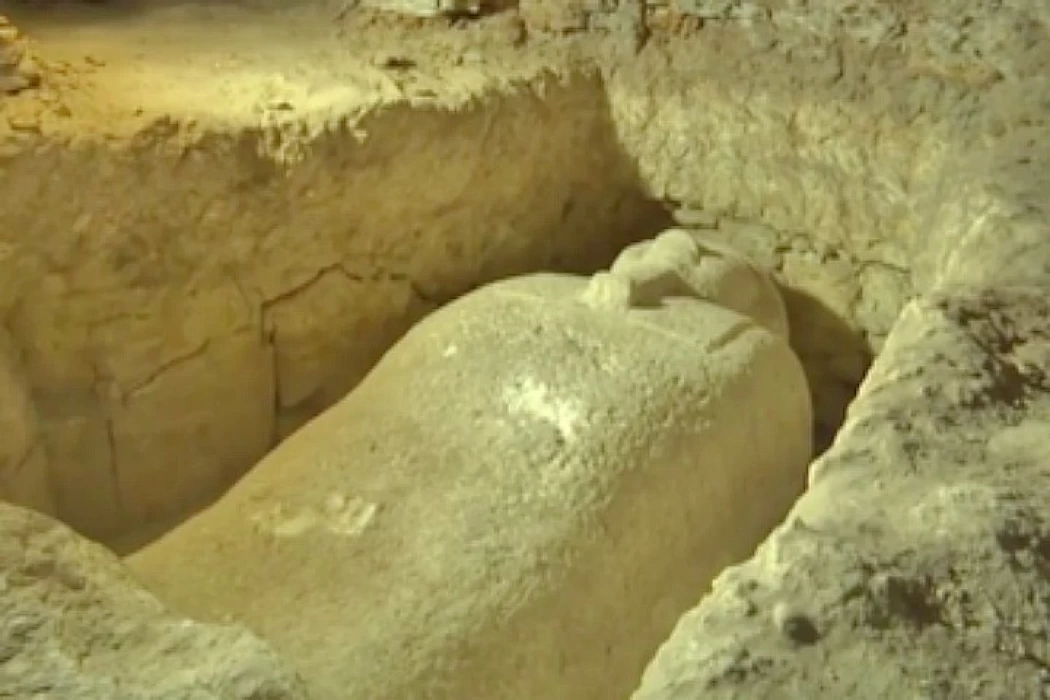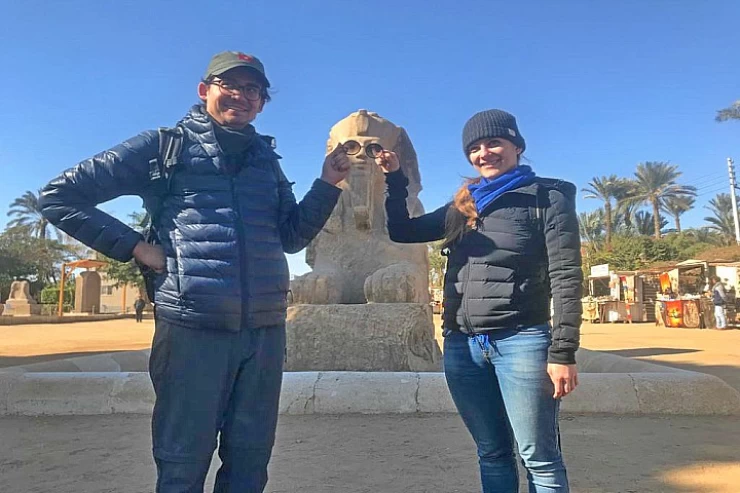
The Fifteenth Dynasty in Ancient Egypt
Facts About The Fifteenth Dynasty in Ancient Egypt
According to Manethon the dynasty comprises six kings. It is recorded on the ninth column of the Papyrus of Turin which has six lines, but only the last name of King, Khamoudy is legible, with fragments of events from their reign and a sum of 108 years for the cumulation of all reigns. The continuous influx of Asian labour, which began in the middle of the Middle Kingdom and particularly under Amenemhat III (1843-1797), is upsetting the demographic balance in the north of the country.
Taking advantage of these troubled times and a divided country, nomadic tribes, mainly Amorites according to some specialists, or Hourrites according to others, will infiltrate slowly but in large numbers in the north-east of the country. This people: The Hyksôs, "Heqa khâsout, Heads or Princes of foreign countries", exploits the weakness of the King and the lack of central power, to found, by Salatis, a dynasty, even two according to specialists, in part parallel (s) to the seventeenth Theban dynasty. After having swept away the last rulers of the 14th dynasty, they chose Avaris as their capital and from there they will extend their rule over Egypt.
The domination of the Hyksôs is exercised in various ways: The Kings of the XVe dynasty have an absolute control, since Avaris, on the East of the Delta. They leave the rest of the Delta to vassal Asian chiefdoms. They set up small kingdoms controlled by Egyptian collaborators in Middle-Egypt. According to one of the various theories on this period, all these vassals form the 16th dynasty (v.1652?-1540). The Egyptologist, Kim Steven Bardrum Ryholt redefined the chronology and history of this period and in particular the 16th dynasty.
His proposal is supported, among others, by Jacques Kinnaer and Janine Bourriau (see 16th dynasty). Finally, the Hyksôs impose their authority on the Kings of the 17th dynasty who "control" Upper Egypt (the first eight nomads located between Elephantine and Abydos) by installing garrisons in strategic places. However, they will never have a real hand on Upper Egypt.















